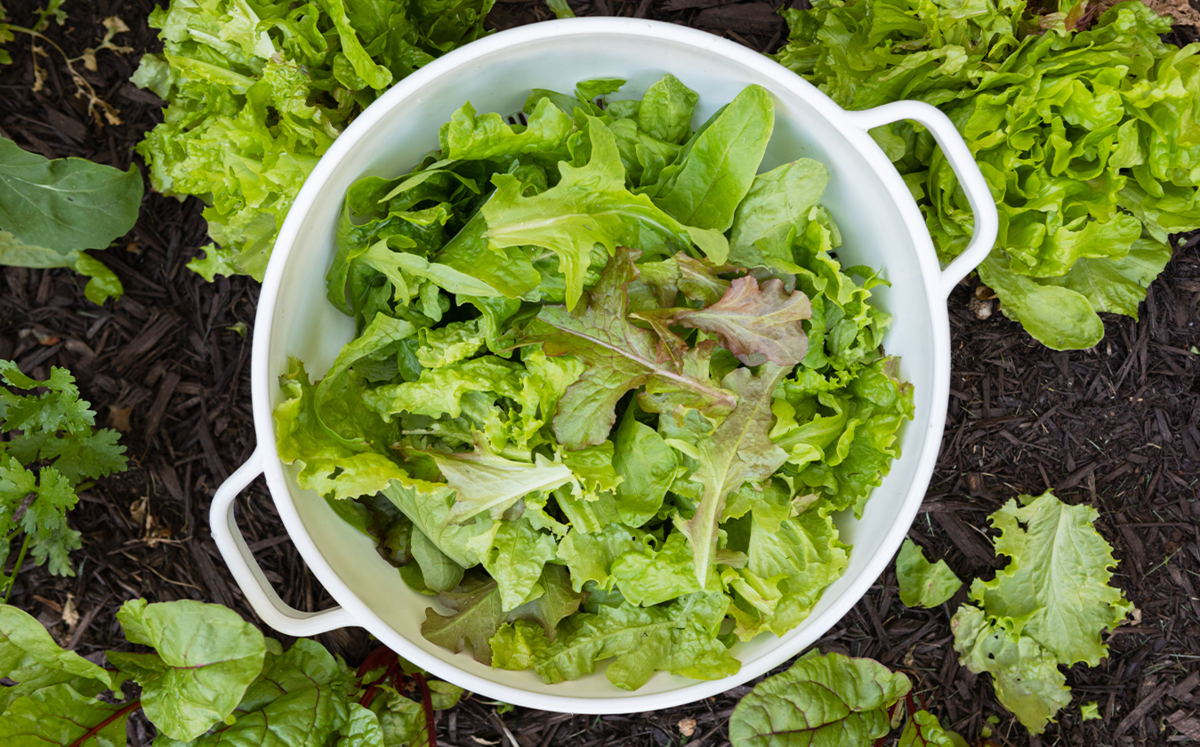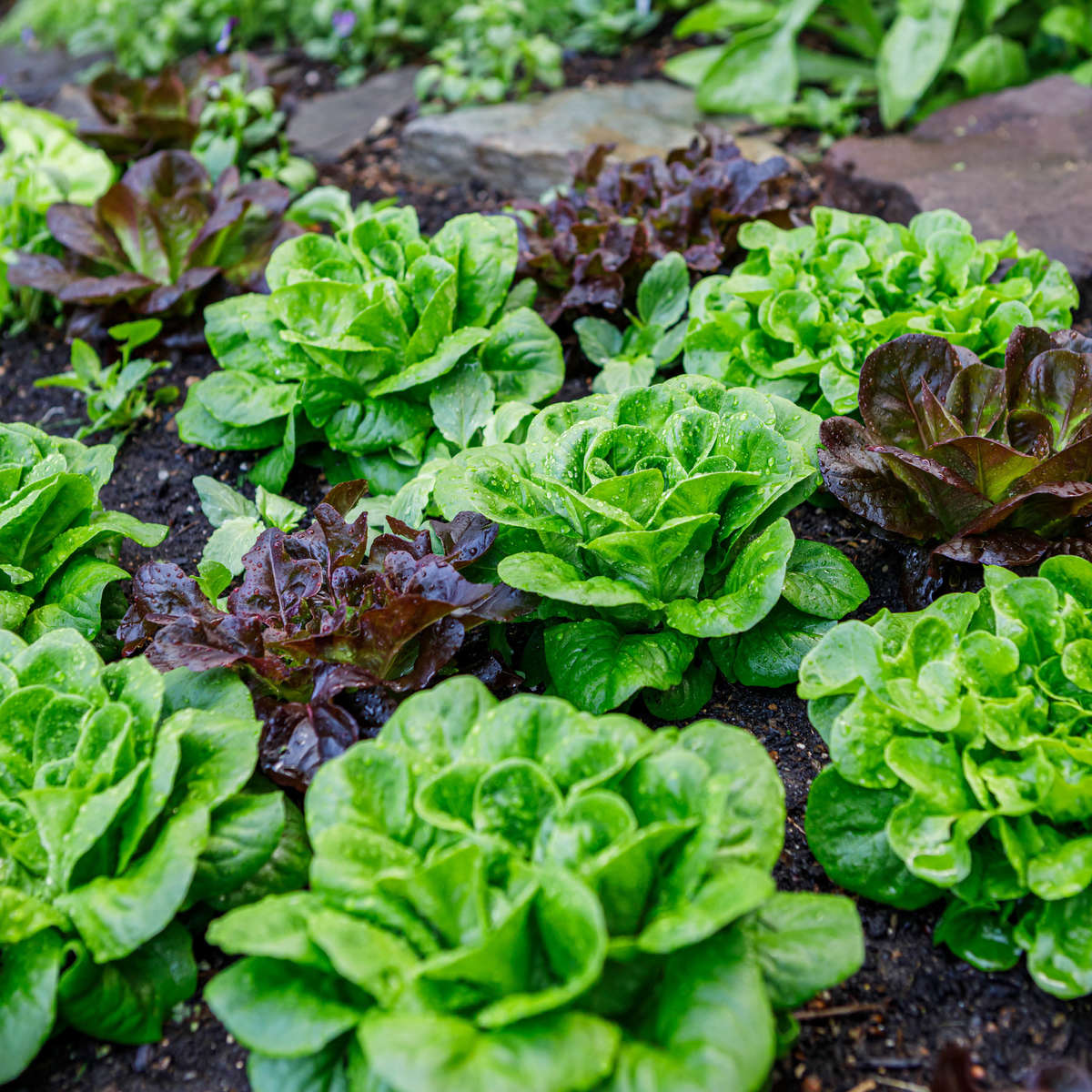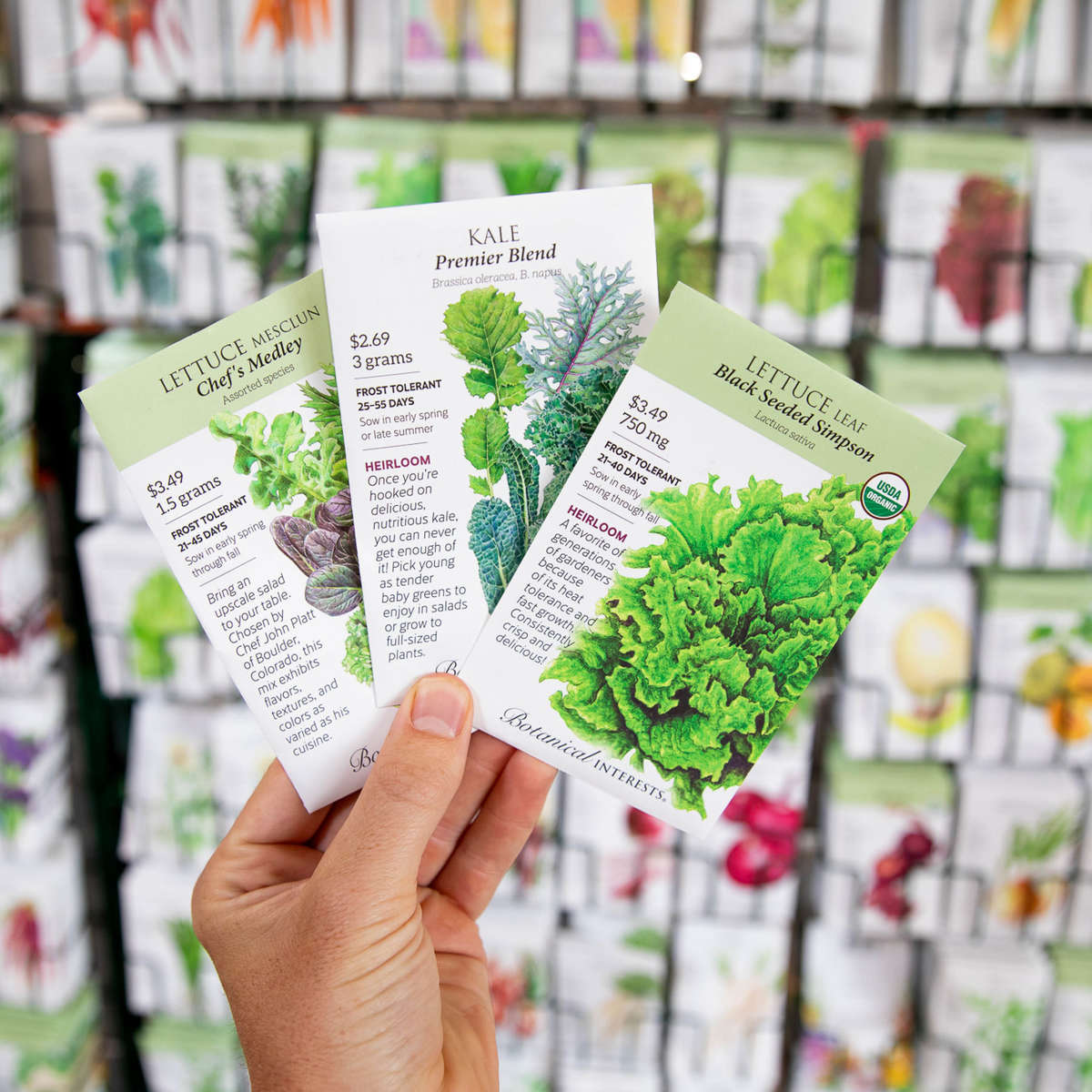
Grow Your Own Salad Bar

Backyard Salad Bar
Imagine stepping out into your garden, picking fresh, crisp greens, and creating a delicious salad right from your backyard. Growing your salad bar is not only satisfying but also ensures you have access to the freshest and healthiest ingredients. Whether you're a novice or an experienced gardener, growing leafy greens in can be a rewarding experience. This guide will walk you through everything you need to know about starting from seed, mixing and matching varieties, and harvesting tips.

Choosing Your Leafy Greens
The best part of growing your own salad bar is the variety of greens you can cultivate. Here are some great options:
Smaller Leafy Green:
- Arugula: Known for its peppery flavor, arugula can be harvested young for milder taste or mature for a spicier kick.
- Lettuce: Includes varieties like leaf, romaine, and butterhead, offering a range of textures and flavors.
- Spinach: A versatile green that's packed with nutrients and can be harvested at various stages for different textures.
Larger Leafy Greens:
- Kale: A hardy green with curly leaves, great for a crunchy salad.
- Swiss Chard: Young chard can be used in salads, they have a sweet taste similar to spinach.
- Cabbage: Cylindrical heads of crisp, white ribbed, tightly packed leaves. Great for adding a crunch to salad.
Mixing and matching these varieties will not only make your salads more interesting but also extend your harvesting period.

Starting Leafy Greens from Seed
Growing leafy greens from seed is straightforward, but a few tips can help ensure success:
- Germination: Start by planting your seeds in well-draining soil. Cover them with a thin layer of soil, no more than 1/4 inch deep.
- Soil Preparation: Leafy greens prefer slightly acidic to neutral soil (pH 6.0-7.0). Enrich your soil with compost to provide essential nutrients.
- Planting Times: In zone 9b, you can plant seeds from fall through early spring. The cooler months are ideal as most leafy greens prefer temperatures between 45°F and 75°F.
- Watering: Keep the soil consistently moist but not waterlogged. Within 7-10 days, you should see the first signs of germination.
Caring for Your Lettuce Plants
Once your lettuce seeds have sprouted, it's important to provide proper care to ensure healthy growth:
- Watering: Lettuce has shallow roots, so it requires consistent moisture. Water your plants regularly, aiming for about one inch of water per week.
- Fertilization: Use a balanced organic fertilizer every few weeks to encourage growth. Be careful not to over-fertilize, as this can lead to bitter-tasting lettuce.
- Pest Management: Common pests like aphids and slugs can be controlled with organic methods such as neem oil or diatomaceous earth.
- Spacing and Thinning: Thin seedlings to ensure proper spacing (about 6-12 inches apart) to allow for air circulation and reduce the risk of disease.
Harvesting Tips
Knowing when and how to harvest your leafy greens will keep your salad bar thriving:
- Signs of Readiness: Smaller leafy greens like arugula, mizuna, and spinach can be harvested when leaves are about 3-4 inches long. Larger greens like kale and Swiss chard should be harvested when leaves are fully mature.
- Harvesting Techniques: For cut-and-come-again greens like leaf lettuce and arugula, snip outer leaves as needed. For head-forming greens like cabbage, cut the entire head at the base.
- Storing and Using: Store harvested greens in the refrigerator in a plastic bag with a damp paper towel to maintain freshness. Use them in salads, smoothies, or cooked dishes for a healthy meal.
